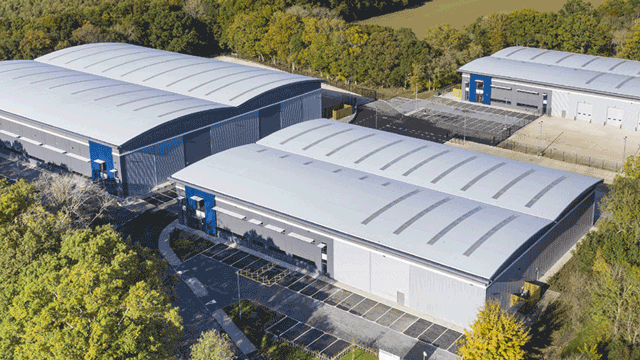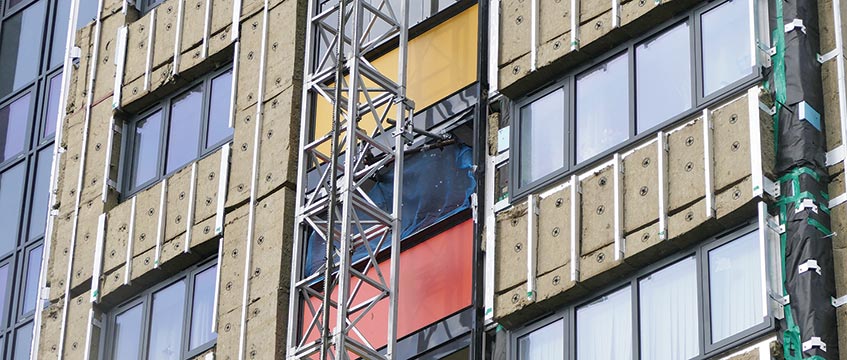Start preparing now for the incoming building safety regime, warn Rebecca Rees and Yvette Bryan.
The draft Building Safety Bill was published on 20 July 2020 and is now subject to parliamentary scrutiny and further consultation. The draft bill proposes total regulatory reform of the fire and structural safety regime for all buildings, with “higher-risk” buildings (currently residential buildings with a height of more than 18m or more than six storeys, including student accommodation) subject to an enhanced regime.
The draft bill is likely to have a costly impact on the built environment sector. It seeks to give effect to Dame Judith Hackitt’s review of the building industry, Building a Safer Future, and is designed to improve building and fire safety, with the primary aim of ensuring that residents will be and feel safer in their homes.
Although any new legislation is unlikely to come into force until autumn 2021, the onus is now on landlords and the industry to be leading and driving forward changes.
The EWS1 form
The sector has been seeking ways to deal with the investment and valuation issues raised by the identification of faulty or dangerous cladding. One of the first solutions (aside from the £1.6bn ring-fenced by the government to assist landlords in the remediation and removal of unsafe cladding) has been the EWS1 form.
The EWS1 form was created in collaboration with the Royal Institution of Chartered Surveyors, UK Finance and the Buildings Societies Association and is intended for use on a higher-risk building to record what assessment has been carried out for the external wall construction. Many lenders and investors are now requiring these certificates as part of the transaction paperwork, but problems abound, with such certificates being signed by unqualified or inexpert surveyors, EWS1 forms being required for buildings without cladding, and properties being valued at nil in the absence of an available EWS1 form.
Due diligence for the sale and redevelopment of higher-risk buildings will inevitably get more onerous, and investors need to be aware of the enhanced obligations that the draft bill will require for higher-risk buildings. The management and maintenance costs of such buildings will inevitably increase, with landlords potentially taking on significant liabilities.
Get ready now
Ahead of legislation, there is plenty that landlords can do. The draft bill is such that it affects the entire business of the landlord: from recruitment and competency requirements and the allocation of responsibilities and duties at board level downwards, to information and data handling and storage policy and practice. Failure to comply with the legislation, the provision of false or misleading information and the obstruction of the new building safety regulations can lead to significant sanctions (including up to two years’ imprisonment and/or an unlimited fine). The risk of breaching the impending legislative regime will be significant.
Gear up your team
The new regime introduces the concept of one person (corporate or individual) being responsible for the safety of a higher-risk building at any one point through its life cycle. These are called the dutyholders, with the “accountable person” being the dutyholder during the occupation of the building. The accountable person must comply with all of the statutory obligations (which are not insignificant) on an ongoing basis. This liability cannot be divested, although the draft bill recognises that the day-to-day management of fire and structural safety in the building can be delegated to a “building safety manager”.
The legislation is not clear what provisions apply if the accountable person becomes insolvent, or the impact of the obligations on an accountable person comprising minority shareholding structures (eg who carries the can in such a scenario), but we have been promised further guidance.
Possibly the lynchpin of the new regulatory regime, the building safety manager is tasked with supporting the accountable person and, as such, must possess sufficient organisational capability and all relevant skills, knowledge, experience and behaviours. This appointment will be key and the market for such capable organisations and individuals is likely to become heated.
A new competency regime will also be introduced, with third-party accreditation of the competency of key individuals responsible for building safety in higher-risk buildings. All of this requires investors to undertake a competency-gap analysis within management and operative teams and embed recruitment and training programmes.
Assess your corporate risk
Where a dutyholder is a corporate entity, individuals within that organisation may also be prosecuted where the breach was committed with their consent or connivance or as a result of their neglect. The draft bill also amends the Building Act 1984 to allow prosecutions for breaches of the building regulations for up to 10 years. The additional obligations, as well as potential sanctions, should be included in any portfolio risk register going forward.
Evaluate your exit strategy
As currently drafted, the Building Safety Regulator (BSR) will need to approve the identity of a new accountable person, which will be required if the building is sold or the ownership structure changed. If the BSR does not approve the identity of the accountable person, it will not transfer the building assurance certificate, which is needed for the building to be legally occupied.
These additional regulatory requirements are likely to add time to any sale or transfer. Ultimately, the BSR may even be able to prevent a sale or transfer – and therefore additional guidance on the parameters within which it can act will be essential.
What should you do now?
It is incumbent on all affected parties to feedback to the Ministry of Housing, Communities and Local Government on the proposed regime. Investors need to ensure their voice is heard and take part in shaping the forthcoming legislation.
Rebecca Rees and Yvette Bryan are partners at Trowers & Hamlins









